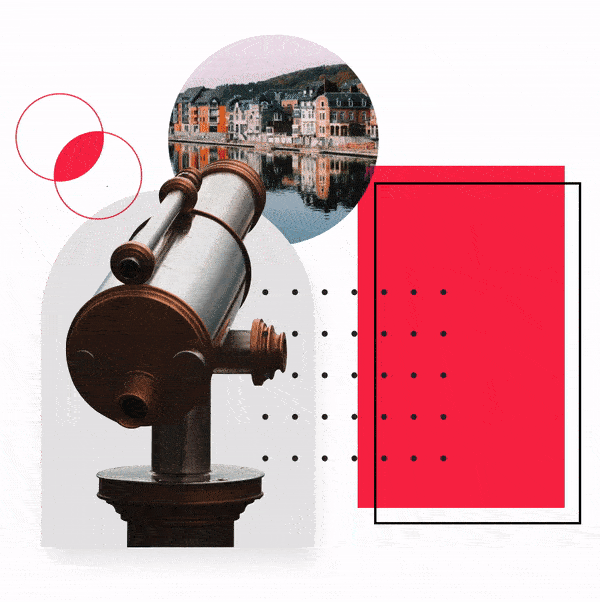
Théâtre National
Venue
Upcoming events

Experience culture through Europe with Culturius
Past events

Experience culture through Europe with Culturius

Venue
Upcoming events

Experience culture through Europe with Culturius
Past events

Experience culture through Europe with Culturius